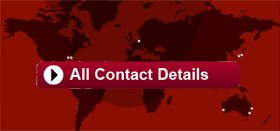International Freight for Heavy Industry
Brown Marmorated Stink Bug 2024-25 Seasonal Measures
Brown Marmorated Stink Bug 2024-25 Seasonal Measures
August 29, 2024
As part of the ongoing efforts to prevent the Brown Marmorated Stink Bug (BMSB) spread, Australia implements strict seasonal measures for goods and vessels associated with target risk countries. These measures apply to goods manufactured in or shipped from target risk countries between September 1, 2024, and April 30, 2025 (inclusive). They also extend to vessels that berth, load, or transship in these regions during the same period. The critical date for determining when goods have been shipped is based on the “shipped on board” date as indicated by the Ocean Bill of Lading, with no acceptance of “gate in” dates and times. Throughout the season, the Department of Agriculture, Fisheries and Forestry will review and adjust these measures based on BMSB detections and evolving risk pathways to ensure effective biosecurity controls.
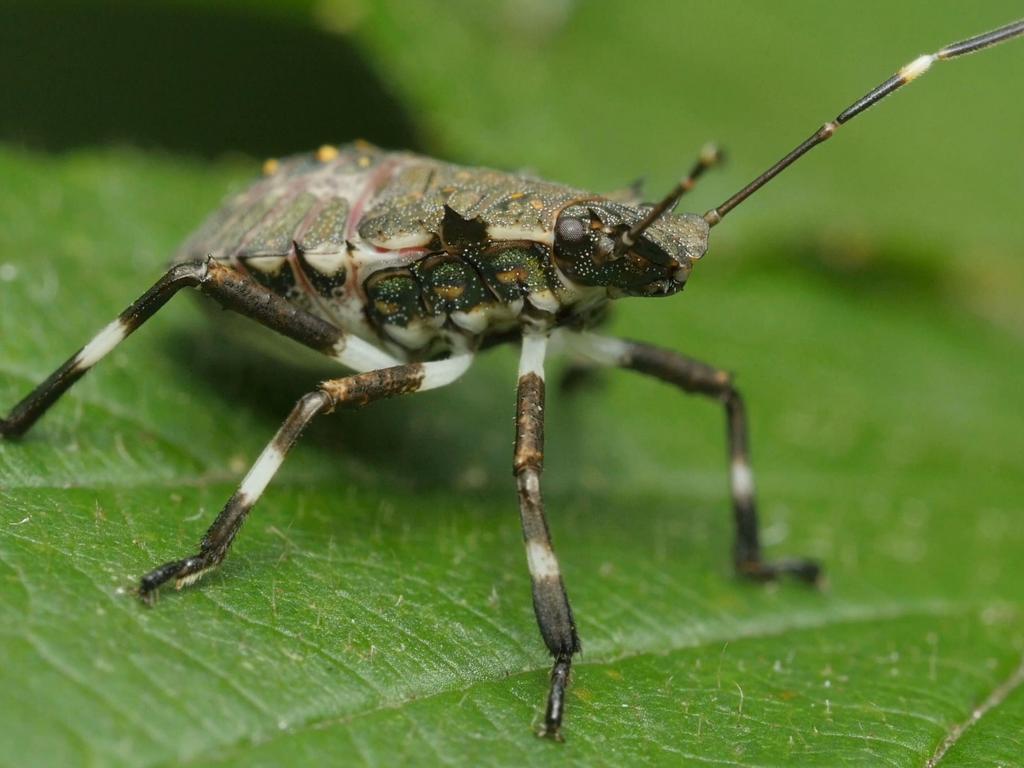
Key Updates for the BMSB 2024-25 Season:
Expanded Surveillance and Inspection: China and South Korea have been added to the heightened vessel surveillance list, meaning vessels from these countries will undergo stricter monitoring and inspection upon arrival in Australia. This addition is part of the government’s broader effort to prevent the BMSB from entering the country through maritime pathways.
AusTreat Program Implementation: The introduction of AusTreat marks a significant shift in the management of offshore treatment providers. This new initiative requires that all offshore BMSB treatments be conducted by providers registered under AusTreat. This ensures that only approved and compliant treatment methods are used, reducing the risk of BMSB-infested goods entering Australia.
Elimination of the Vessel Seasonal Pest Scheme: The removal of the Vessel Seasonal Pest Scheme is another critical change. Under the previous scheme, vessels were subject to varying levels of inspection based on their country of origin and the nature of their cargo. The new regulations streamline this process, applying uniform inspection requirements to vessels from target risk countries.
BMSB measures for goods
BMSB measures apply to shipping goods based on their risk classification. If the goods are classified as target high risk, they must undergo mandatory treatment. Goods classified as target risk will be subjected to random inspections. If the goods do not fall into either category, they are generally exempt from BMSB measures unless they are packed with target high risk or target risk goods. In such cases, appropriate measures will be applied. Goods shipped in iso-tanks and as bulk-in-holds of cargo vessels are not subject to these measures.
The treatment of target high risk goods in target risk countries must be carried out by a treatment provider listed as “approved” on the official list of treatment providers. Treatment certifications from unregistered providers, or those listed as “suspended,” “withdrawn,” or “under review,” will not be accepted. If a certificate is deemed unacceptable, breakbulk goods will be subject to export, and containerised goods will be directed for onshore treatment.
Measures for Breakbulk Goods
Breakbulk goods include items shipped on flat racks and in open-top containers. FCL containers that have been modified, such as those used to house built-in power generators, filtration plants, or portable accommodations, are not considered sealed six-sided containers and are classified as breakbulk cargo.
All target high risk goods shipped as breakbulk must be treated offshore before arriving in Australia, as onshore treatment is not permitted. Any untreated breakbulk will either be denied discharge or directed for export.
Automated Entry Processing for Commodity (AEPCOMM) arrangements are allowed for BMSB management of breakbulk goods. For specific assessments and outcomes, refer to the relevant BICON commodities.
Note: If you are importing target high risk goods as breakbulk, including those shipped on flat racks or in open-top containers, and they have not been treated offshore before arrival, you must answer “YES” to community protection question 642 (BIOSECURITY: ARE THE GOODS ARRIVING IN AN OPEN TOP/FLAT RACK CONTAINER OR AS BREAK BULK, AND DO NOT MEET OFFSHORE BMSB TREATMENT REQUIREMENTS?). This requirement also applies to Automated Entry Processing for Commodity (AEPCOMM) lodgements.
Measures for Containerised Goods (FCL, FCX)
Containerised cargo arriving in sealed six-sided containers with target high risk goods can be treated either offshore or onshore at the container level. This includes refrigerated containers, both operating and non-operating, as well as hard-top seal containers (ISO22U6/ISO22UP, ISO42U6/ISO42UP, and ISO45U6/ISO45UP).
If treatment is conducted onshore, it must occur at the container level, and deconsolidation or removal of goods from the container before treatment will not be permitted. Containers should be packed to allow effective in-container treatment, as failure to do so may result in the container being exported.
Automated Entry Processing for Commodity (AEPCOMM) arrangements are allowed for BMSB management of containerized goods shipped as Full Container Load (FCL) and Full Container Consolidated (FCX). Refer to the relevant BICON commodities for specific assessments and outcomes.
A sealing declaration can be used for FCL/FCX containers under the following circumstances:
- The goods were containerized and sealed before September 1 but shipped on board after this date.
- The bill of lading does not state the shipped-on board date.
- Target high risk goods were manufactured, packed, and sealed in a container in a non-target risk country but shipped from a target risk country.
- The goods were sealed inside the container within 120 hours of offshore treatment (for treatments conducted before December 1).
Note: Sealing declarations must be completed and signed by the exporter, freight forwarder, or shipping company at the port of origin.
Note: Container tracking information may be used as supplementary evidence to confirm the shipped-on board date, but it cannot be the primary form of evidence. Container tracking information alone is insufficient to prove when goods were sealed in a container.
Containerised goods shipped as LCL consignments and FAK containers.
LCL and FAK containers with target high-risk goods will be managed at the container level for BMSB risk before de-consolidation. Once BMSB risk has been managed, the consignments within these containers will be processed at the Full Import Declaration (FID) level for all other biosecurity interventions (if applicable).
See the Management of LCL/FAK containers web page for more details.
Known risk pathways and supply chains
Goods from known risk pathways and supply chains that have had previous detections of BMSB may be subject to BMSB interventions including treatment and/or inspections
Treatment of BMSB Goods in Australia and New Zealand
To streamline processes, the Department of Agriculture, Fisheries and Forestry in Australia and the New Zealand Ministry for Primary Industries have aligned their application processes and registration for offshore treatment providers. This scheme enables BMSB treatments to be conducted for both Australia and New Zealand under a unified framework.
However, these BMSB seasonal measures are designed for goods being imported into Australian territories, aimed at managing the risk associated with all goods entering the country. Australia will not conduct BMSB treatments for goods transshipping to New Zealand.
This means goods destined for Australia cannot be treated for BMSB in New Zealand, and vice versa. For instance, if goods are exported from New Zealand after failing to meet BMSB import conditions, they will not be allowed to undergo treatment in Australia.
Measures for Ro-Ro Vessels
All Ro-Ro (Roll-on/Roll-off) vessels that berth, load, or transship in target risk countries during the BMSB season are subject to the following requirements:
- Crew Inspection: Conduct at least one crew inspection and respond to specific questions as part of the pre-arrival reporting requirements.
- Pest Inspection: Undergo a mandatory seasonal pest inspection upon arrival in Australia.
For more details on BMSB seasonal measures for vessels, please visit the Management of Vessels web page.
Target Risk Countries
The countries below have been categorised as target risk:
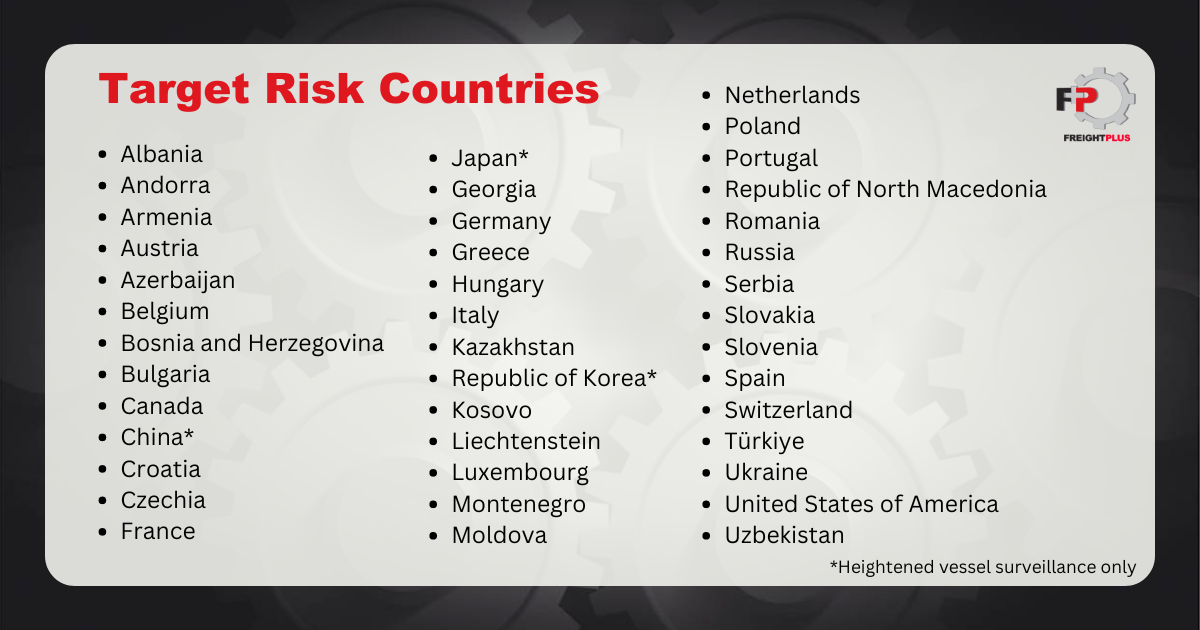
Emerging Risk Countries for BMSB Season
The following countries have been identified as emerging risks for the BMSB season and may be subject to random onshore inspections:
- China: Random inspections will apply to goods shipped between September 1 and December 31 (inclusive).
- United Kingdom: Random inspections will apply to goods shipped between December 1 and April 30 (inclusive).
In addition to target high risk goods, chapters 39, 94, and 95 will also be subject to random inspections specifically for emerging risk countries.
Target Goods
Goods that fall within the following tariff classifications have been categorised as target high risk and target risk goods respectively.
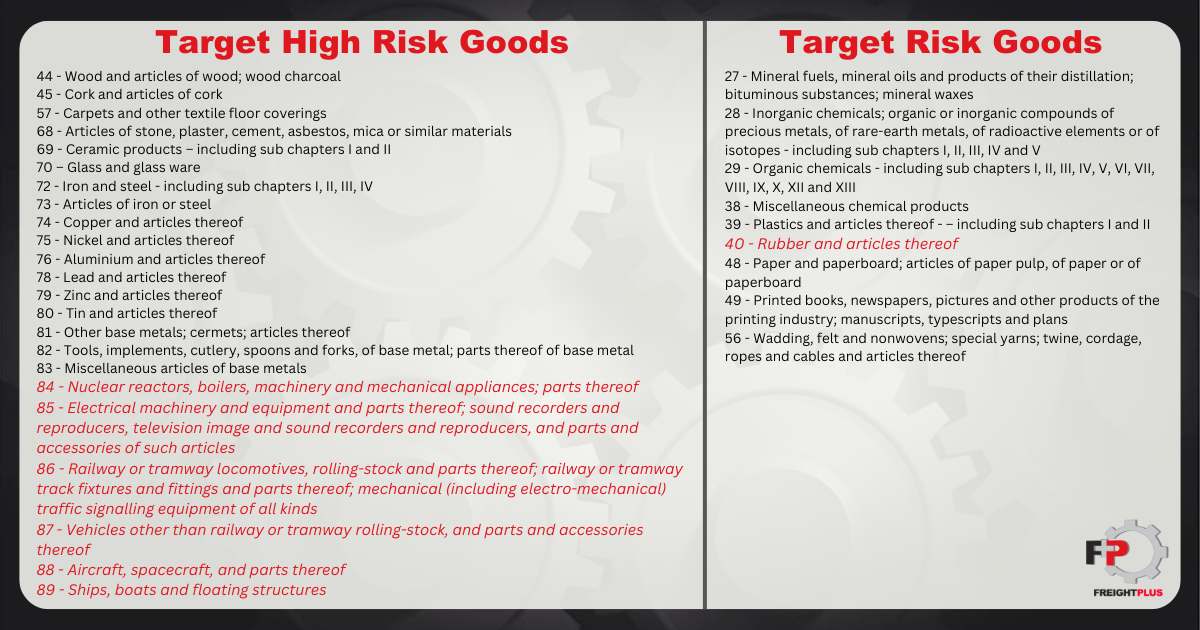
Target high risk goods will require mandatory treatment for BMSB risk. Target risk goods are only subject to increased onshore intervention through random inspection; mandatory treatment is not required.
For all other goods that are not categorised as target high risk and target risk goods, BMSB seasonal measures do not apply. However, if they are part of a container or consignment that contains target high risk or target risk goods, they will be subject to the measures.
Treatment for BMSB
To manage the risk of Brown Marmorated Stink Bug (BMSB), there are three approved treatment options: heat treatment, methyl bromide fumigation, and sulfuryl fluoride fumigation. Each treatment must meet established minimum standards to effectively manage the risk of introducing exotic pests and diseases. Treatment providers must adhere to these standards to ensure the treatments are effective.
Onshore Treatment: Where onshore treatment of goods is permitted, a list of approved arrangement providers can be found on the department’s website.
Offshore Treatment: The AusTreat program outlines the department’s registration and compliance requirements for offshore treatment providers, including adherence to applicable treatment methodologies. All offshore treatment providers in target risk countries must be registered under AusTreat and listed as “approved” on the official list of treatment providers. Providers from target risk countries interested in conducting BMSB treatments can register under AusTreat.
Non-Target Risk Countries: Treatment providers in non-target risk countries who wish to perform BMSB treatments for goods manufactured in or shipped from target risk countries are encouraged to register under an offshore treatment assurance scheme. Treatment certificates from providers in non-target risk countries will be accepted unless the provider is listed as “suspended,” “withdrawn,” or “under review” on the list of treatment providers, or if the provider is unregistered and listed as “unacceptable” or “under review” on the department’s webpage.
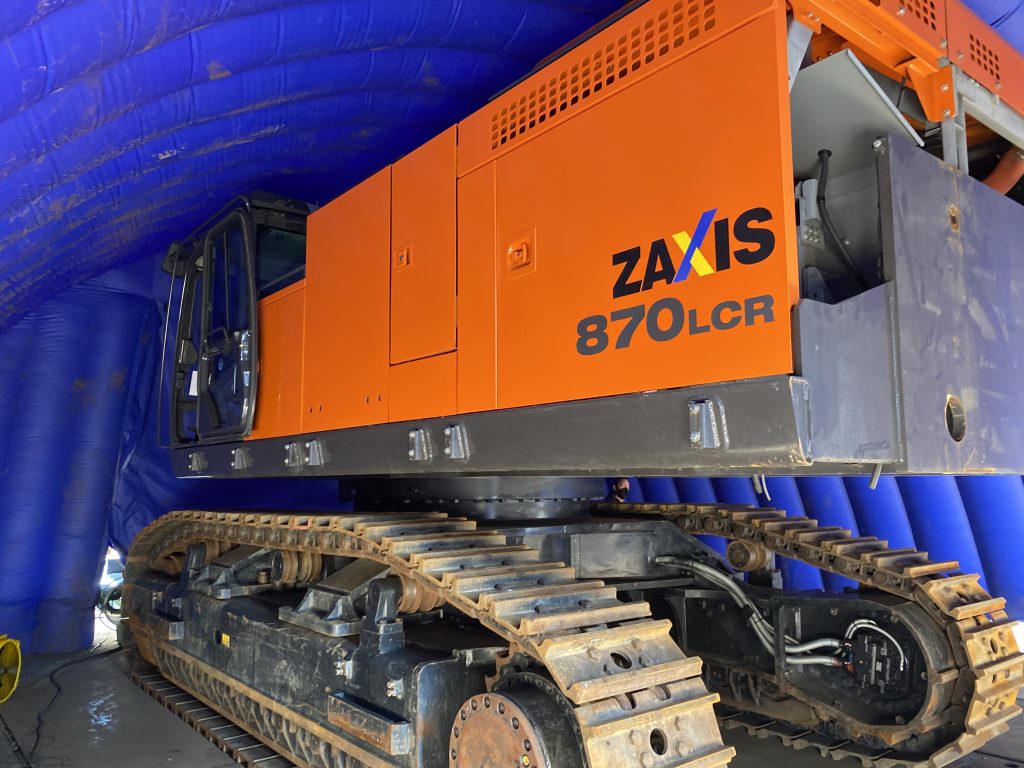
Fraudulent certificates
The department continues to improve its systems to monitor and detect the use of fraudulent certificates and will identify consignments that arrive in Australia with fraudulent documentation.
Any consignment identified with a fraudulent certificate will be directed for onshore treatment (if permitted) or exported.
Freightplus can help minimise the BMSB biosecurity risks on your cargo
For more information on our biosecurity services or the upcoming BMSB season please contact your local Freightplus office.

